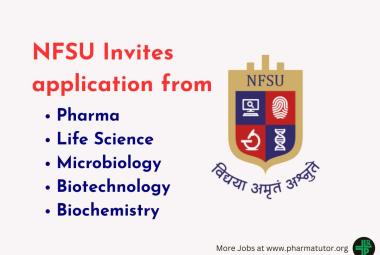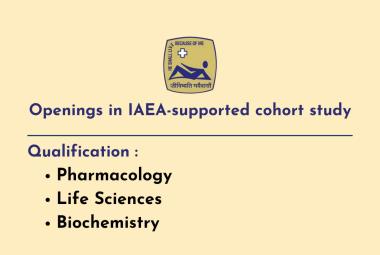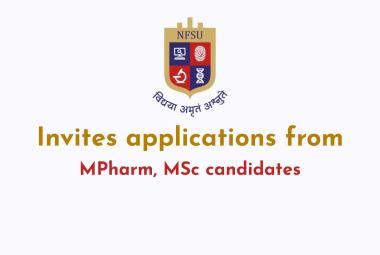“Several processes that take place in the presence of cells or enzymes are activated by ultrasonic waves. High intensity ultrasound can break cells or denature enzymes, however low intensity ultrasound can improve mass transfer of reagents and products through the boundary layer or through the cellular wall and membrane.
[adsense:336x280:8701650588]
Traditional food and bioprocessing technologies are facing challenges due to high expectations from consumers and producers in their demand for better quality and safety, higher process efficiencies, and products with novel properties or functionalities. For these reasons, in the last few years new forms of physical energy have been explored as alternatives to traditional processing technologies. Acoustic energy has the potential to replace or partially substitute for conventional processes; and at the same time, it could offer unique opportunities in the characterization of foods and biomaterials.
There are two important factors that make the current ultrasound-assisted processes possible. One is related with the development in ultrasound generation technology and the other one is the better understanding of interactions between acoustic energy and liquid media, enabling the development of important guidelines for ultrasound-based processes.
In addition to existing applications, there is an increasing list of potential uses of ultrasound in a wide range of industries. For food and bioprocessing purposes, it includes, for example, homogenization, cutting, extraction, inactivation of microorganisms, inactivation/activation of enzymes, drying enhancement, surface cleaning, depolymerization, crystallization, sieving, bio-component separation, peeling, nanoparticle production, particle size reduction, improvement of interface heat and mass transfer, and so on.
The use of ultrasonics as an analytical technique for providing information about the physicochemical properties of foods is becoming increasingly popular in the food industry. Ultrasound can be used to rapidly and nondestructively measure properties such as food composition, structure, flow rate, physical state, and molecular properties. As well as being used as an analytical instrument in the laboratory, ultrasound can also be used for continuous monitoring of food properties on‐line during processing. The propagation of ultrasound through a material induces compressions and decompressions (rarefactions) of the medium particles, which imparts a high amount of energy. High power ultrasound with frequency higher than 20 kHz has mechanical, chemical and/or biochemical effects, which are used to modify the physicochemical properties and enhance the quality of various food systems during processing. High power ultrasound can be applied using sonication baths or ultrasonic immersion probes with different lengths, diameters and tip geometries depending on applications.
Although ultrasonics have been used for years in research and diagnostics, major advances have been made in the last 5 years turning this laboratory-based prototype technology into fully operational commercial processes throughout Europe and the USA. The applications for which high power ultrasound can be used range from existing processes that are enhanced by the retro-fitting of high power ultrasonic technology, to the development of processes up to now not possible with conventional energy sources. Airborne ultrasonic technology is being applied commercially to achieve defoaming of carbonated beverages, fermentation systems and other food processes where foaming adversely affects product quality or yields. Foaming problems can result in product losses and reduced efficiencies as production rates or volumes often have to be reduced. Since ultrasonic energy dissipates quickly in the air, the applications of ultrasonics in the air are very limited. Nevertheless, the energy transmitted in the defoaming application is large enough to break a thin liquid film in the foam and thus provides a unique way of destroying foam without the use of mechanical breakers or by the addition of chemical antifoams, which may not be desirable in food processes. A fairly recent development is the use of ultrasound in enhancing extrusion processes. The energy input provided by ultrasonic excitation of a metal tube or extrusion dye can be achieved by perpendicular attachment of the sonotrode onto the tube or dye. The vibration of the metal reduces the drag resistance and thus improves flow behavior. Ultrasound has not only attracted considerable interest in the food industry due to its positive effects in processing, but more recently due to its promising effects in food preservation. Successful reduction of E. Coli in liquid whole egg using ultrasound has been cited in the literature. Generally, most micro-organisms showed greater sensitivity to ultrasound at increased temperatures over 50oC. Elevated temperature weakens the bacterial membrane, which enhances the effect of cavitation due to the ultrasound.
'Ultrasonic pasteurization' at 50oC has the potential of preserving the quality of many food products in terms of physicochemical properties, color, and flavor compared to conventional pasteurization techniques at much higher temperatures.
Several processes that take place in the presence of cells or enzymes are activated by ultrasonic waves. High intensity ultrasound can break cells or denature enzymes, however low intensity ultrasound can improve mass transfer of reagents and products through the boundary layer or through the cellular wall and membrane. An increase in the fermentation rate of sake, beer and wine, when a relatively low intensity ultrasound was applied during the fermentation has also been reported. The proposed mechanism is that the ultrasound (a great degassing tool) drives off CO2 (produced during the fermentation) which normally inhibits the fermentation. Ultrasound is well known to have a significant effect on the rate of various processes in the food industry. Using ultrasound, full reproducible food processes can now be completed in seconds or minutes with high reproducibility, reducing the processing cost, simplifying manipulation and work-up, giving higher purity of the final product, eliminating post-treatment of waste water and consuming only a fraction of the time and energy normally needed for conventional processes. The advantages of using ultrasound for food processing, includes: more effective mixing and micro-mixing, faster energy and mass transfer, reduced thermal and concentration gradients, reduced temperature, selective extraction, reduced equipment size, faster response to process extraction control, faster start-up, increased production, and elimination of process steps. Food processes performed under the action of ultrasound are believed to be affected in part by cavitation phenomena and mass transfer enhancement.
Conclusively,
it is front forwarded that the considerable interest in high-powered ultrasound is due to its promising effects in food processing and preservation. As one of the more advanced food technologies, it can be applied not only to improve the quality and safety of processed foods but offers the potential for developing new products with unique functionality as well. Commercial standard ultrasonic equipment is developing at great pace and no novel process for the application of ultrasound in industry is possible without ultrasonic equipment manufacturers willing to build new designs according to the requirements of customers. This implies that while the technology has great promises it will have to be carefully developed and scaled up for every single, unique application.
Raaz K Maheshwari
Department of Chemistry, Sh Baldev Ram Mirdha Govt (PG) College, Nagaur, Rajasthan, India
*rkmgreenchem.jaipur@gmail.com
NOW YOU CAN ALSO PUBLISH YOUR ARTICLE ONLINE.
SUBMIT YOUR ARTICLE/PROJECT AT editor-in-chief@pharmatutor.org
Subscribe to Pharmatutor Alerts by Email
FIND OUT MORE ARTICLES AT OUR DATABASE









